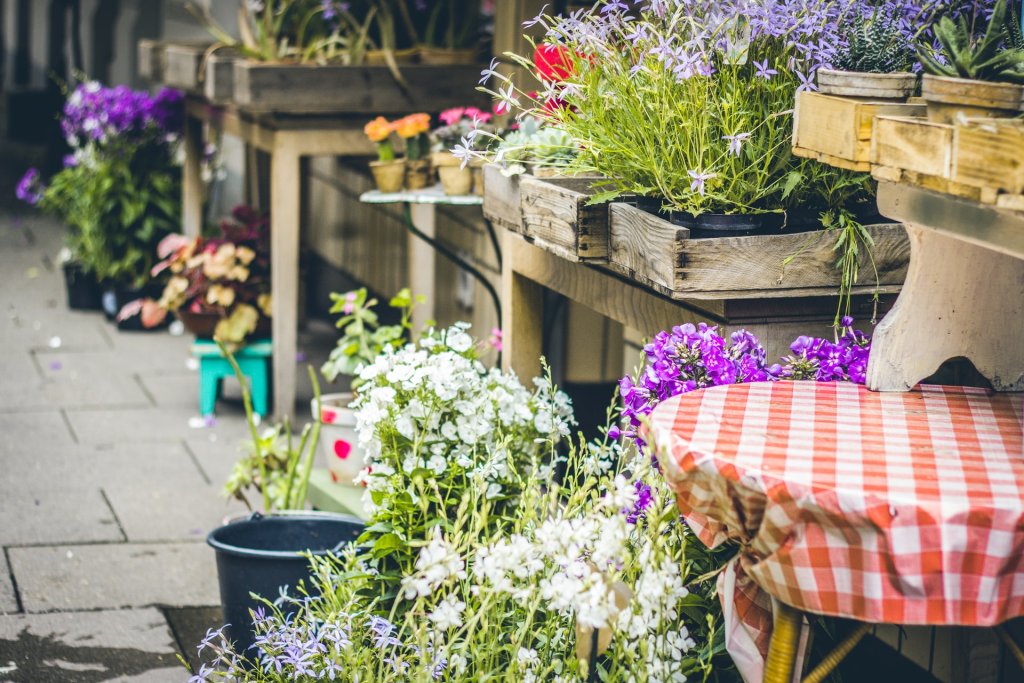You’ve found the perfect home, signed on the dotted line, and moving day is fast approaching. Unfortunately, you can’t bear to leave your precious shrubs behind. After months, if not years of nurture and care, seeming to grow big and strong, blooming with plumage and blossoms, you’d rather touch a thorn than say goodbye.
So how do we get your plants to come with you? Keep reading to find out the safest and most effective methods for transporting your plants to your new home.
Consider how far you are moving
This is the make or break question.
Before you start digging up your prized fiddle leaf, you need to consider the distance you’re travelling and the impact this will have on your hedge plants. Then there’s the issue of soil conditions and the climate in your new area and whether or not this will suit your plants.
If you fall into the above categories, you might want to consider leaving your plants behind for the next homeowner. Yes, we know that’s a hard pill to swallow. But as the great philosopher Jagger once wrote, “you don’t always get what you want.”
If you’re moving locally, however, you’re in luck.
Consider the size of your plants
Size is the next important question to ask yourself before moving your plants. If you think you can load that gumtree in the backyard on the back of the moving truck, we’ll get that bloke from The Castle to tell you, “you’re dreamin’”.
For large potted plants or heavier garden plants, size really does matter. Before moving day, you’ll need to take measurements to pass on to your removalist. That way, they’ll know if they can fit your African Fig next to the antique dresser. Keep in mind that anything you want to transport should weigh no more than what two able-bodied removalists can safely carry.
To keep weight down in your plants, avoid watering your plants for at least two days before moving day. Soil retains water, which only adds to the mass of the plant.
Prepare your plants
Weeks before the move, prune and trim your plants to make them easier to transport. Keep these cuttings if you want to propagate your plants. You should also conduct a quick pest control check. You don’t want any stowaways when it’s time to move.
If you’re transporting potted plants, be sure to inspect them for cracks and other damage. Regardless of what your pots are made from, they’ve got to be strong enough to survive small bumps on the drive. The last thing you want is soil everywhere and broken ceramic pieces in the truck.
You may want to consider wrapping your potted plants with bin liners to prevent water and soil from spilling.
How to move plants in the garden
On the day of the move, dig down around and underneath the root system. Slip a tarp or plastic sheet underneath the rootball to keep the root system intact. Then, place your plants inside an open box. Line them with newspaper to soak up any excess water, and pack your plants close together to keep them stable.
How to move large potted plants
If you can’t bear to be separated from your large plants, you’ll need a trolley and some packing straps to move it onto the truck. Once there, it’s time to wrap up your greenery. Using netting, gently bend stems and leaves upwards as you wrap.
With the green sorted, it’s onto the pot. Wrap it up in bubble wrap and hold it in place with tape. If you’re worried about bumps along the journey, secure your potted plants up against other heavy items in the truck like furniture.
If you discover cracks in any of your potted plants, it’s highly recommended to re-pot them before loading them onto the truck. Ceramic and terracotta pots can be easily broken during transport. While they can also be wrapped in bubble wrap, it’s a risky journey.
How to move heavy plant pots
Transporting empty plant pots is typically easier than moving a whole potted plant. Because there’s no plant or soil to get in the way, the removalists can stack smaller pots inside larger ones with bubble wrap lining.
Replanting
Get your plants out of the truck and into the garden as quickly as possible. Before you begin replanting, prepare the site with water, and some compost or mulch to boost water retention in the soil. If you’re short on time, dig a small hole and cover the roots with soil. You can always come back the next day for some extra TLC.
A smooth move with a green thumb
Don’t risk harming your plant babies. Call the professionals, and protect your flora from the dangers of moving home. For a fully-insured moving house service for homes with gardens of all sizes and types, get in touch with Smoothmoves for a commitment-free quote and a smooth move guaranteed!

